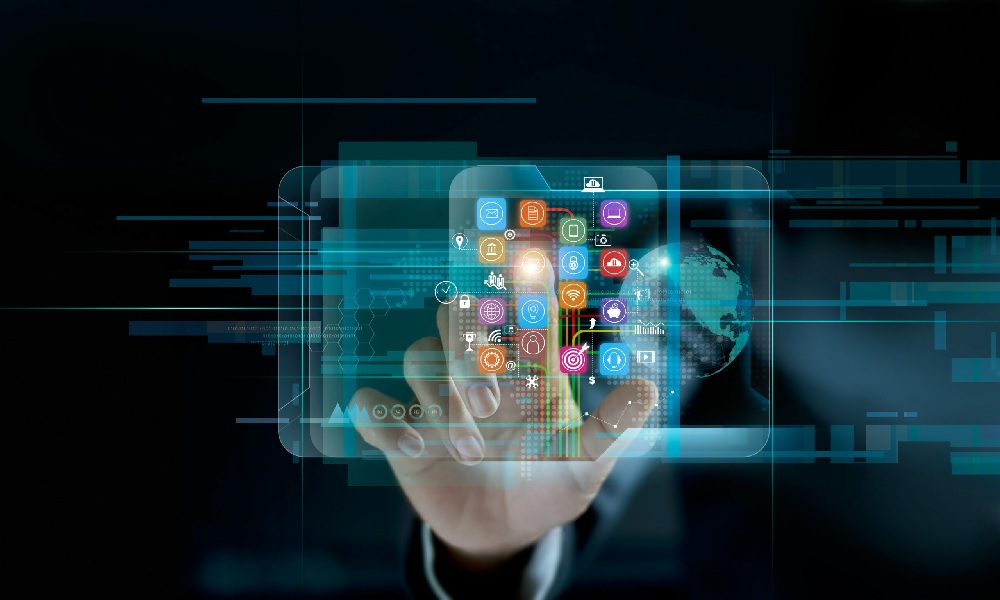Rapid advancements in technology have revolutionized various industries, and healthcare is one among them – the integration of telecommunications in the healthcare sector has paved the way for improved accessibility, efficient services, and better patient outcomes. Telecommunications have played an important role in the healthcare industry as the technology is very convenient to call doctors via video or a device. Gone are those days when someone in your family was sick, the doctor would be called immediately to arrive at your doorstep. Telehealth brings back this convenience, but doctors do not come in person (without the physical presence of a doctor) as the technology is limited to a two-dimensional figure displayed on a computer screen or a smartphone. Telecommunications beyond simply performing medical consultations over the phone will continue to be a key foundational element to healthcare innovation for many years to com. So now let us look into telecommunications and healthcare along with Accurate 5g tester, 5G test equipment, 5g network tester tools and Accurate 4G Testing RF drive test software, Cellular LTE RF drive test tools & equipment in detail.
Role of Telecommunications in Healthcare –
Telecommunications (use of smartphones, the internet, and other digital devices) has significantly enhanced healthcare availability in the following ways:
Remote Consultations: Healthcare professionals with the help of telecommunication tools can provide remote consultations to the patients. Telecommunication technology allows individuals to access quality healthcare without the need for extensive travel even if they are living in remote areas or with limited mobility.
Virtual Care: Telecommunications facilitate virtual care, which means it reduces the need for in-person visits to hospitals, particularly for non-emergency cases. With telecommunication, patients will receive medical advice, consultations, and even treatments through video conferencing and other digital platforms.
Access to Information: The internet is one of the mediums of telecommunication that empowers patients to readily access medical resources. Whether it’s symptom checkers or online support groups, technology can allow individuals to educate themselves, ask questions, and gain insights into their health conditions.
Remote Monitoring: Several telecommunication devices allow healthcare providers to remotely monitor patients’ health conditions – enabling early detection of potential issues, vital signs, personalized care plans, and the ability to intervene promptly.
Patient Monitoring: Broadband wireless solutions are combined with device performance optimization that enables hospitals and medical providers in terms of patient monitoring and life-saving processes. Wearables, medical monitoring devices, etc. are some of the examples whose effectiveness is increased as patients with cancer, heart issues, and diabetes can create a much more comprehensive view for proper diagnosis and treatment. With such technology, the doctor and staff can get immediate, real-time updates directly to their devices, even if they aren’t in the room.
Automation: Automation like appointment reminders via text message or email is possible only because of access to broadband wireless. This will help to reduce mistakes increase efficiency and ease the pressure on hospital staff by completing administrative tasks like client data management and patient monitoring.
Improved Efficiency: Telehealth increases overall efficiency by reducing waiting times. For example, virtual consultations are possible through telecommunications that eliminate the need to schedule and physically attend appointments thereby saving time and resources.
Expanded Reach: The digital revolution has expanded the reach of healthcare services, hence patients in rural or underserved areas can now access specialized care from experts and bring high-quality healthcare closer to everyone.
Cost Savings: Telecommunications can significantly reduce healthcare costs as patients can receive timely care by minimizing the need for physical visits, travel expenses, and lengthy hospital stays.
Enhanced Patient Engagement: Telecommunications promote active patient engagement through telehealth platforms, mobile health apps, and educational websites, hence patients are empowered to take charge of their health.
Conclusion
The integration of telecommunications or effective communication in healthcare has revolutionized accessibility, rendering healthcare services more efficient, cost-effective, and inclusive It will empower patients and healthcare providers and enable them to embrace the future of healthcare delivery and boost care coordination and workflow efficiency. Network testing or measurement is the foremost thing that will play a great role in telehealth to maintain excellent network connectivity all the time – RantCell is one of the 5G/4G network testing tools developed in such a way to get installed in smartphone devices to perform the network test.




